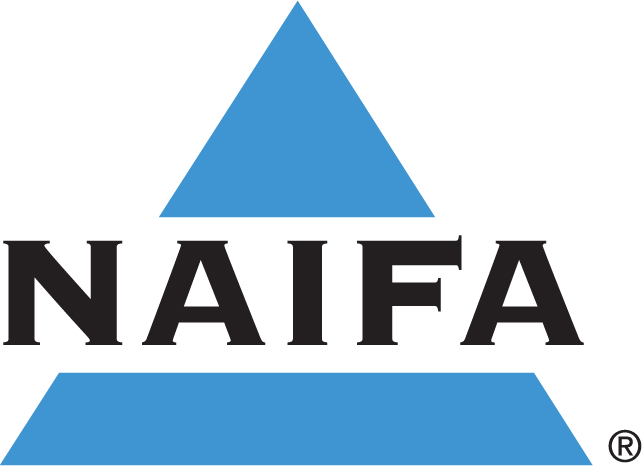As we posted earlier, agreement has come together at the final hour on the much-anticipated COVID-19 relief and government-funding legislation. The 5,593-page legislation is expected to be signed by President Trump today.
While NAIFA continues to read and analyze the bill, this post provides information on some amendments to the very popular Paycheck Protection Program (PPP).
PPP Program Amendments
The bill includes a broad array of amendments to the Small Business Administration CARES Act Paycheck Protection Program (PPP). Some of those apply retroactively to the current program (both to previously made loans and to “first draw” loans that can now be made until March 31, 2021). The amendments also include a “second draw” program under which loans can be made to “first draw” program borrowers who satisfy certain requirements.
All of the following PPP amendments apply retroactively to March 27, 2020, when the CARES Act was enacted and apply to loans made under the original PPP program in section (a)(36) of the Small Business Act (note below that the legislation creates a new second-round program under a separate SBA section (a)(37)). The following overview covers the major changes to the program likely of most interest to NAIFA members.
First and perhaps most notably, reversing IRS guidance issued months ago, the legislation does now affirmatively allow, under the Internal Revenue Code, businesses to deduct from gross income forgiven business expenses under the PPP (for taxable years after March 27, 2020, for first-round PPP loans and for taxable years after enactment of this bill for "second-draw" PPPs discussed below).
The bill also expands allowable uses of PPP dollars and forgivable expenses to include:
- Covered operations expenditures (business software or cloud computing services that facilitate business operations, product or service delivery, the processing, payment or tracking of payroll expenses, human resources, sales and billing functions, or accounting or tracking of supplies, inventory, records, and expenses);
- Covered property damage costs (cost related to property damage or vandalism or looting due to public disturbances that occurred during 2020 that was not covered by insurance or other compensation);
- Covered supplier costs (expenditures to suppliers for goods that are essential to the operations of the entity at the time the expenditure is made, and pursuant to a contract order or purchase order in effect at any time before the covered period or before or during the covered period for perishable goods); and
- Covered worker protection expenditures (operating or capital expenditures to facilitate adaptation of business activities to comply with requirements or guidance from HHS, CDC, or OSHA – or any state or local equivalents – issued between March 1, 2020, and the end of the national emergency; these may include things like: drive-through windows, air pressure ventilation or filtration systems, physical barriers, expansion of business space, and PPE).
The legislation amends the definition of “covered period” for forgiveness purposes to mean the period between:
- Date of the loan origination; and
- A date selected by the PPP recipient between 8 weeks after origination and 24 weeks after origination.
Additional amendments of note include:
- For loans of $150,000 or less, the full amount shall be forgiven if the borrower submits a one-page signed certification (to be designed by SBA) to the lender describing the number of employees the borrower retained because of the loan, the estimated part of the loan spent on payroll costs, and the total loan value. The borrower must also attest that it complied with program requirements and will retain relevant records, and the SBA retains authority to audit these loans.
- The law clarifies that payments for the provision of group life, disability, vision, or dental insurance count as “payroll costs.”
- Businesses not in operation on February 15, 2020, are not eligible for these first-round PPP loans, nor are persons or entities receiving new Shuttered Venue Operator Grants under the legislation.
The bill also expands eligibility for PPP loans to additional business concerns, including, most notably, 501(c)(6) organizations (excluding professional sports leagues and organizations with the purpose of promoting or participating in a political campaign) if:
- The organization does not receive more than 15% of its receipts from lobbying activities;
- The lobbying activities do not comprise more than 15% of the organization’s total activities;
- The cost of the lobbying activities did not exceed $1 million during the most recent tax year ending before Feb. 15, 2020; and
- It employs 300 or fewer employees.
The bill further clarifies that no PPP loan proceeds may be used for lobbying activities, lobbying expenditures for state or local elections, or expenditures designed to influence any legislative, regulatory, or administrative action at the federal or local level.
Finally, as noted above, the legislation creates a new SBA loan program under section (a)(37) for “second draw” PPPs (SDPPPs). Those loans have their own eligibility requirements, maximum loan amounts (generally capped at $2 million), and other provisions, but the new program borrows heavily from the first-round PPP program’s general structure and definitions. SDPPPs are only available to entities that received a first-round PPP loan and, on or before the date of disbursement of the SDPPP, will have used the full amount of the first-round loan. Additionally, they are available only to businesses with fewer than 300 employees that can demonstrate a significant quarter-over-quarter reduction in gross receipts between 2019 and 2020.
The bill authorizes both the first-round PPPs and SDPPPs through March 31, 2021, and appropriates an additional roughly $284.5 billion between them, including at least $35 billion for new first-round PPP loans and $25 billion for the SDPPP program (with other specific allocations for certain very small businesses, small banks, credit unions, etc.).







